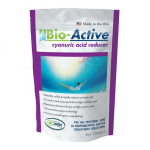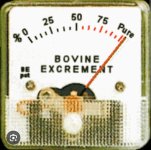Over in this thread Pool Opened: High CyA (147 ppm) and FAC (15 PPM) the OP mentioned using a CYA filter from Leslie's. It was pretty easy to track down and they are kind enough to even include the SDS link on their website
 www.greenstoryglobalpoolandspa.com
www.greenstoryglobalpoolandspa.com
SDS
Their claims don't sound trustworthy, such as claiming it will remove 10 ppm CYA per week and omitting any limit to how much CYA it will remove. I was wondering if some more chemically minded people might want to weigh in on whether there's even the tiniest bit of potential in the polymer listed or if the thing is nothing but an $80 placebo.
CYA Remover | GreenStoryPoolandSpa
End chlorine lock and remove cyanuric acid (CYA) from your pool quickly and effectively with GreenStory Global's CYA Remover. No need to drain your pool! Save money, time, and WATER!
 www.greenstoryglobalpoolandspa.com
www.greenstoryglobalpoolandspa.com
SDS
Their claims don't sound trustworthy, such as claiming it will remove 10 ppm CYA per week and omitting any limit to how much CYA it will remove. I was wondering if some more chemically minded people might want to weigh in on whether there's even the tiniest bit of potential in the polymer listed or if the thing is nothing but an $80 placebo.







